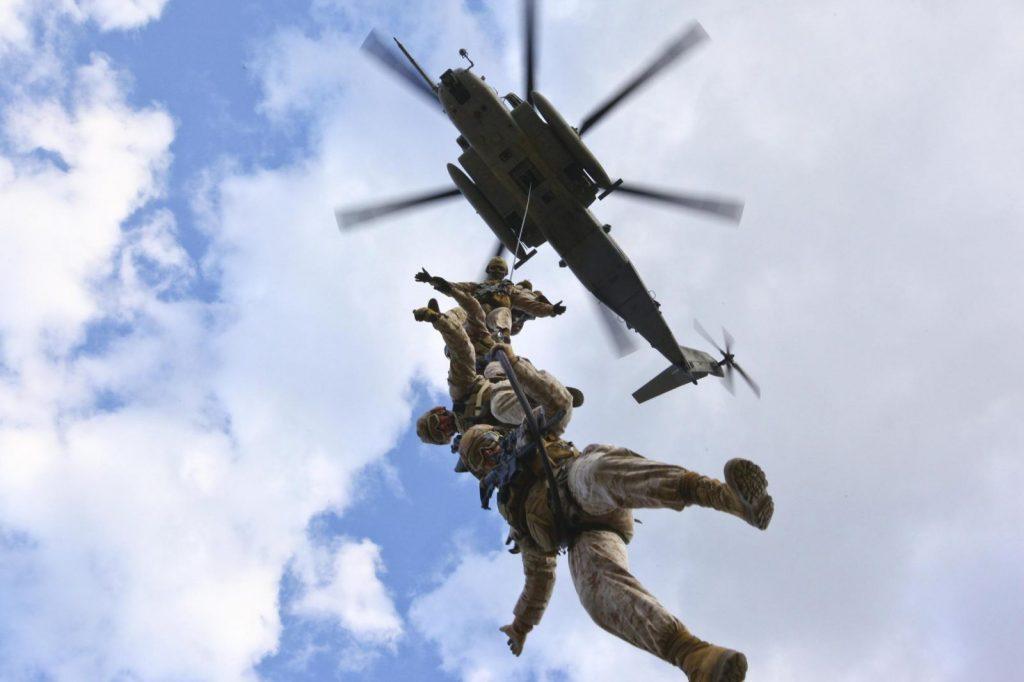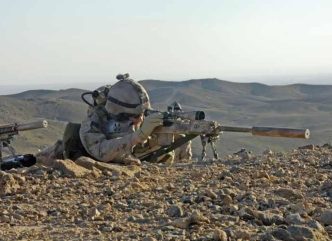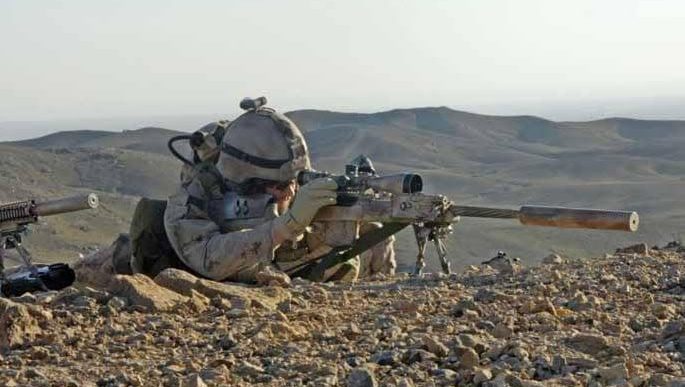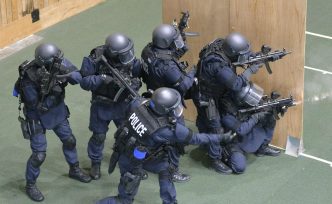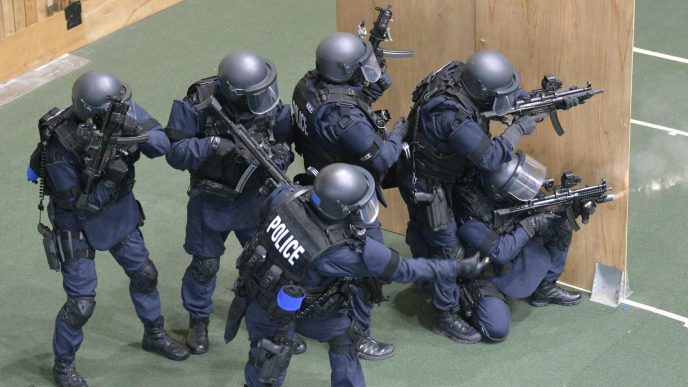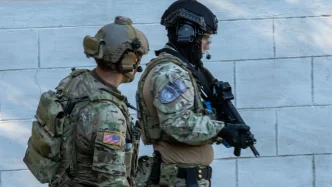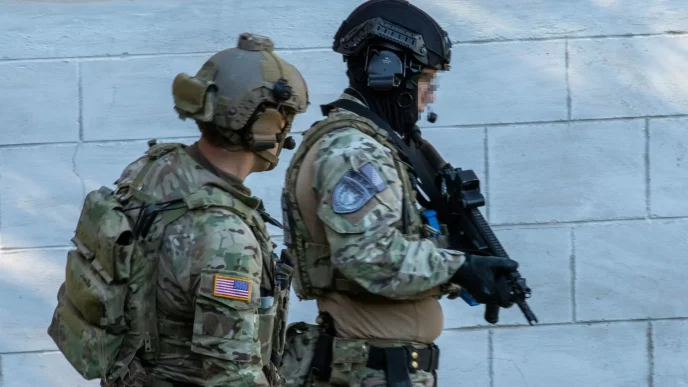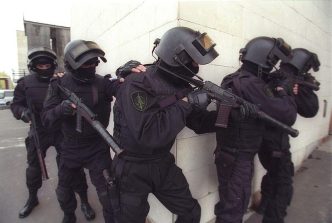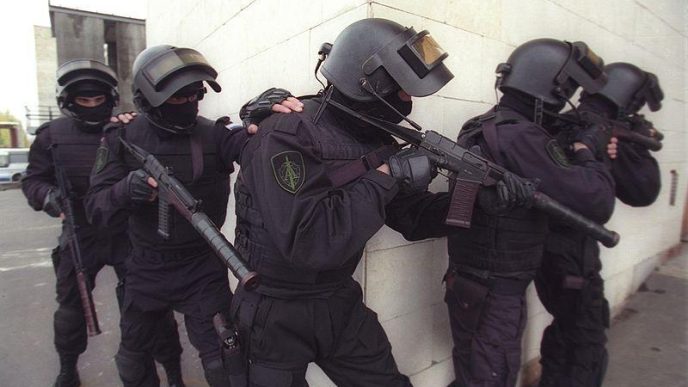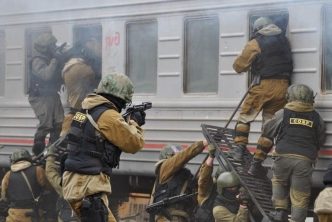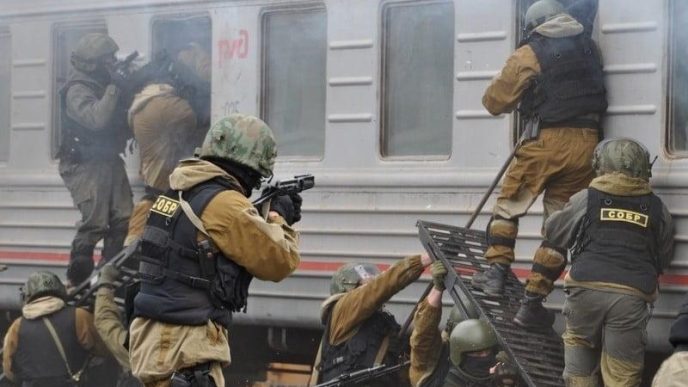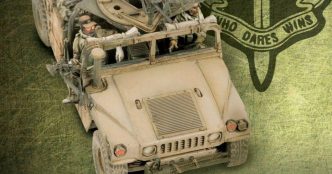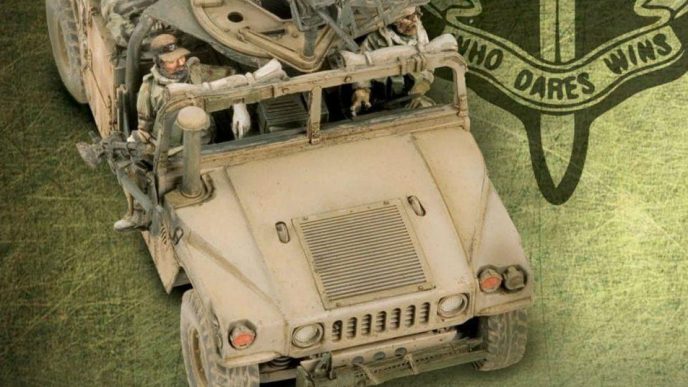During the years, the USMC Reconnaissance Battalions were the eyes and ears of the Marine Divisions, and every operation could not be planned without their service. Over the years, they have consisted of anywhere from one to five companies, according to the perceived needs of the Marine Division and the size of the Marine Corps at the time.
The number of Marines serving in the USMC Reconnaissance Battalions is 2,000+ (including 835 in Force Recon).
Introduction
Today, there are currently three active-duty Recon Battalions and one Reserve supporting three Marine Divisions. The 1st Recon Battalion is based at Camp Pendleton in California, 2nd Recon at Camp Lejeune, North Carolina, and 3rd on Okinawa. In contrast, the elements of the 4th Recon Bn are based throughout the continental United States.

Recon Battalion also provides each Marine Expeditionary Unit (MEU) with a Recon platoon. Each Battalion usually has a company dedicated to MEU support. At 1st Recon Bn, it was the Alpha Company.
Recon Battalion is an important place for the further Recon Marines starting first after the Basic Reconnaissance Course. On average, if you want to join Force or MARSOC, you have to serve at least three years or two deployments at Recon Battalion before moving on. Team leaders tend to be Corporals or Sergeants.
Mission
The primary mission of the USMC Reconnaissance Battalions is Reconnaissance and Surveillance in support of Division operations; in a word, they are a valuable asset to the Marine Air-Ground Task Force when the MEF commander is faced with uncertainty on the battlefield. In 2005, limited Direct Action was added to the Battalion mission in response to the operational demands on Marine Recon in Iraq.
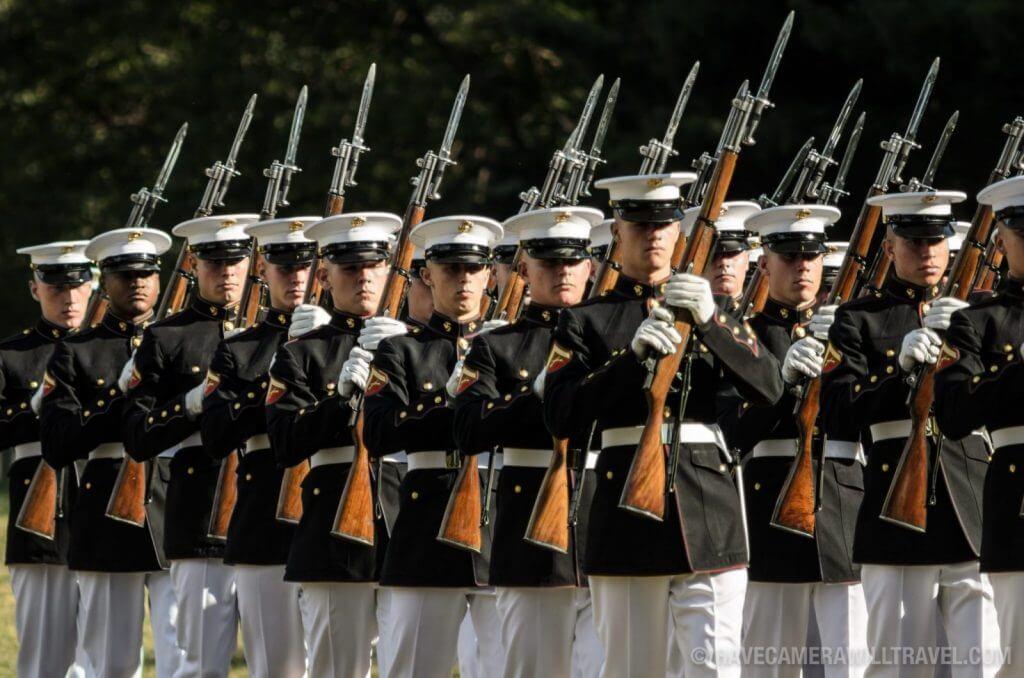
Reconnaissance provides timely intelligence to command and control battlespace shaping, allowing the MAGTF to act, and react to changes in the battlefield. While Marine reconnaissance assets may operate in specialized missions, they are unlike the unconventional SOCOM’s forces counterparts. Both division and Force are solely reserved for supporting the infantry, which is directly involved in the commander’s Force of action in the battlefield or battlespace shaping.
Reconnaissance takes multiple forms, especially as the ultimate specialty of Marine Reconnaissance is Amphibious Reconnaissance. In recent years, the amphibious nature of Marine Recon has mainly been handled by the MEU platoons, as the other companies have been deploying to Iraq or Afghanistan to conduct combat operations.
Amphibious Reconnaissance
Amphibious Reconnaissance is primarily connected with MEU operations, as it is geared toward finding beach landing sites suitable for MEU assets to come ashore. The Amphibious Recon team has to know what to look for to make a beach ideal for the intended purpose.
Recon teams have to identify multiple routes, obstacles, and landing zones for conventional forces and communicate the details to higher, along with any other pertinent information, to include local patterns of life, enemy movements, etc.

Under conventional models, where there is a Forward Edge of the Battle Area, or FEBA, the Reconnaissance Battalions’ areas of responsibility lie ten kilometers past the FEBA. Under the current unconventional reality, it lies anywhere in the Area of Operations that an operational commander wants to see, without necessarily exposing his interest.
USMC Reconnaissance Battalions Training
Reconnaissance training begins even before the Basic Reconnaissance Course. In previous years, each Recon Battalion had its Training Platoon and its Pre-BRC course, ranging from 2 to 4 weeks depending on the demands. Pre-BRC was essentially a very abbreviated rundown of what would be covered in BRC, with some of the physical challenges increased, on the logic that if you passed pre-BRC, they wouldn’t have to worry about you failing BRC and wasting everyone’s time.
The Marines who successfully finish the BRC are deployed to the USMC Reconnaissance Battalions. Their deployment doesn’t mean that their training is done. They surpass various training courses and spend most of their time in training except when they are deployed to the battlefield.
